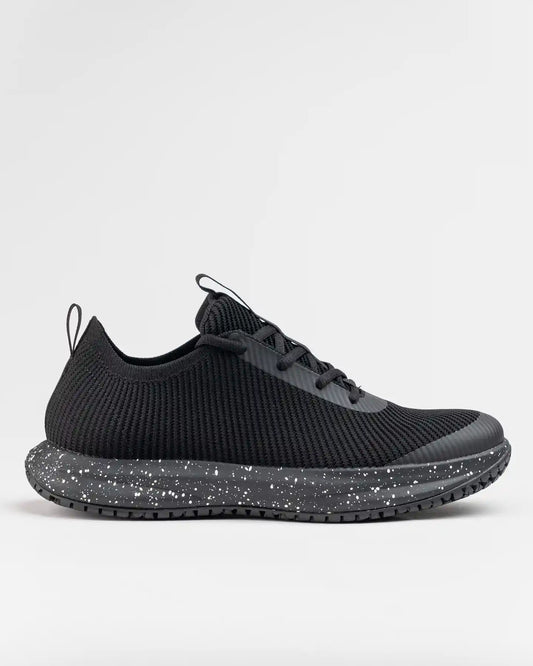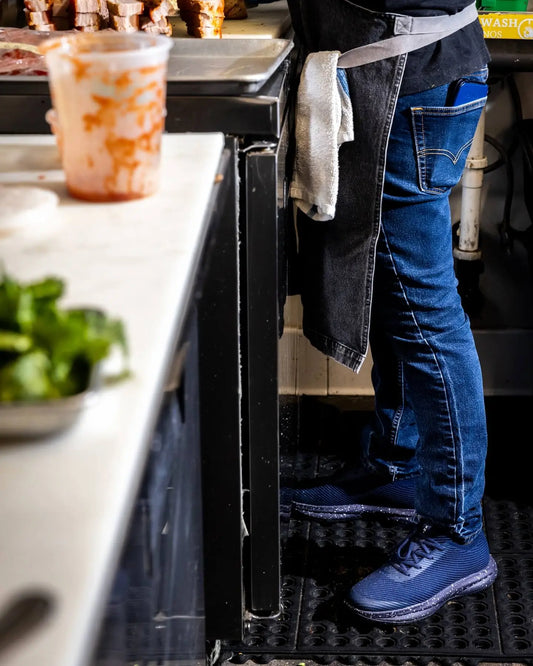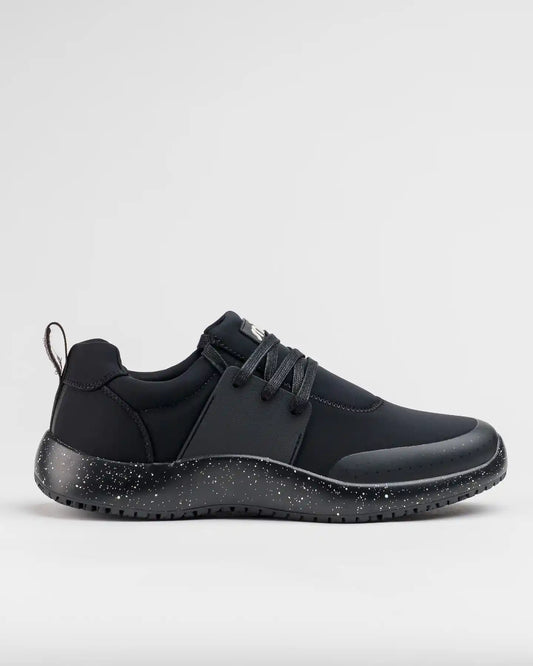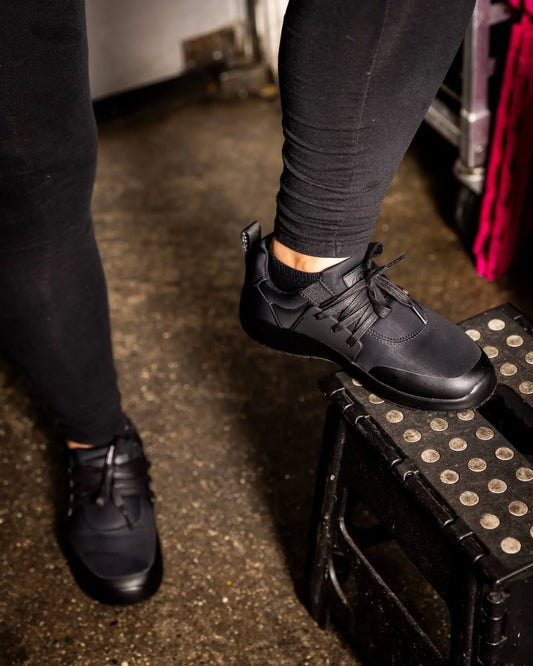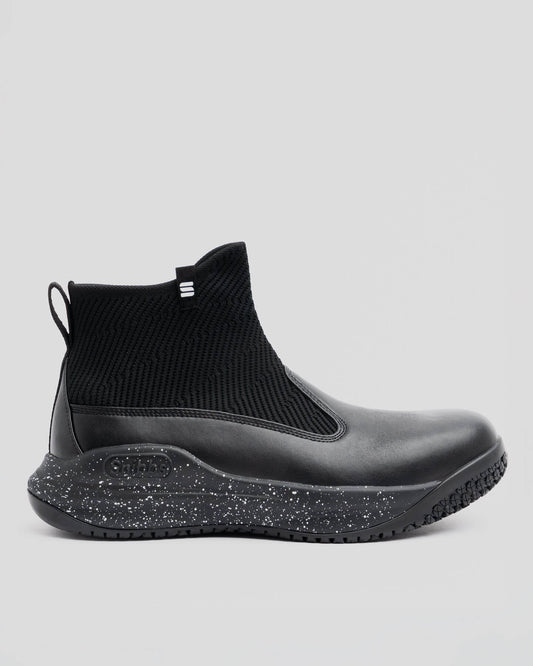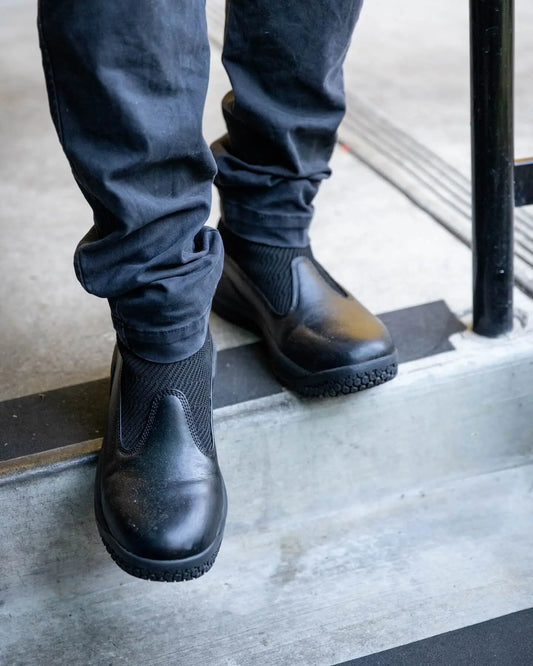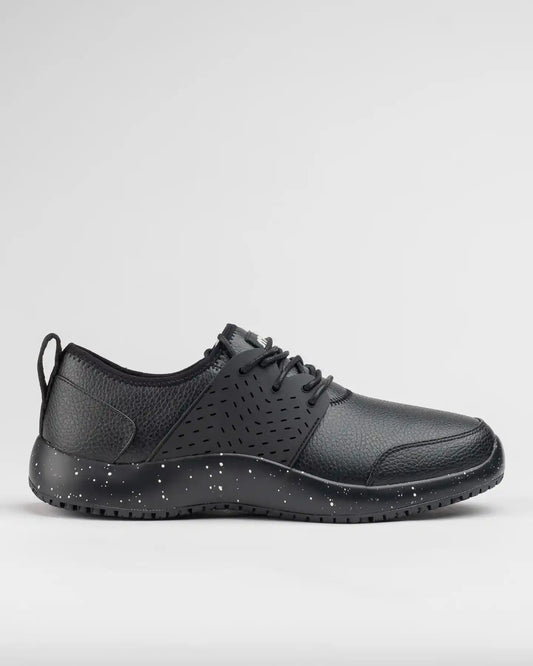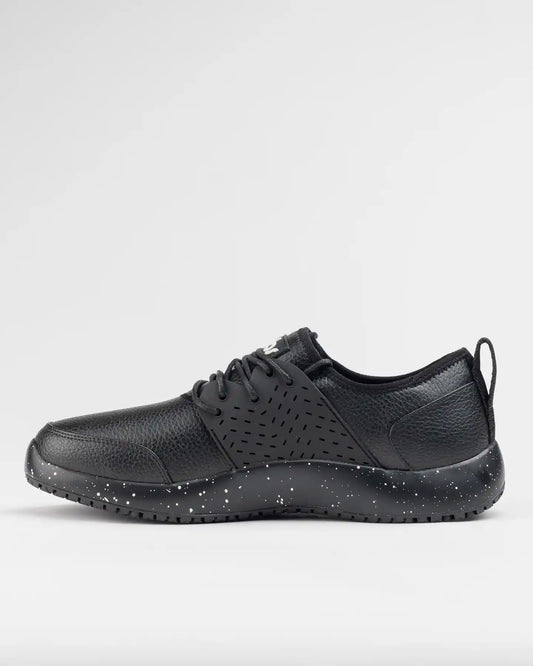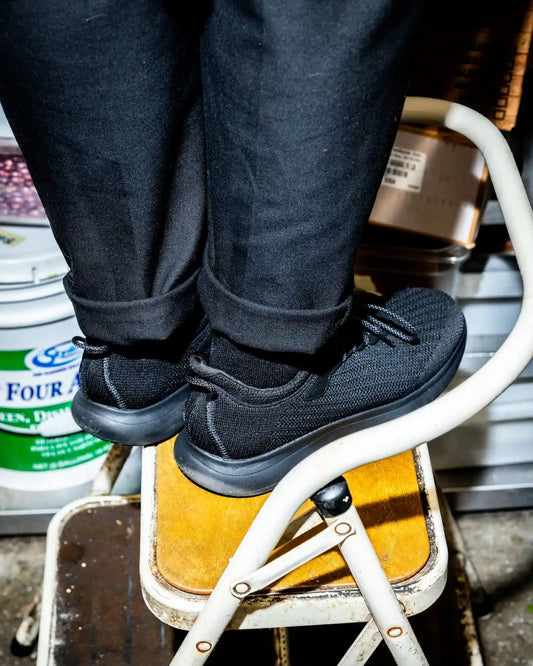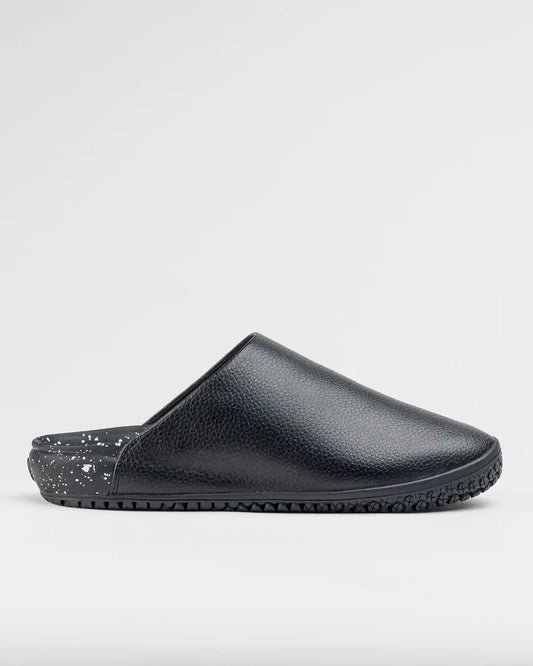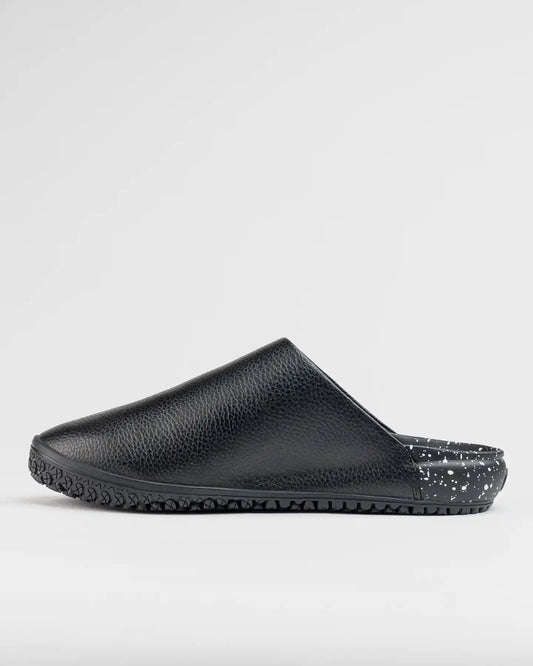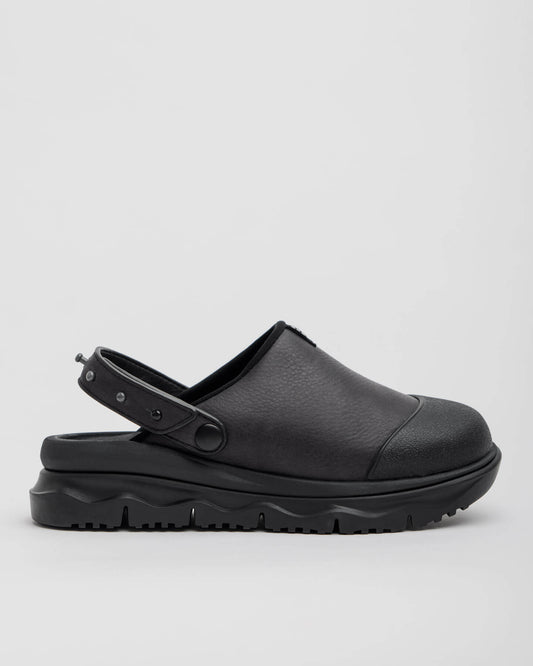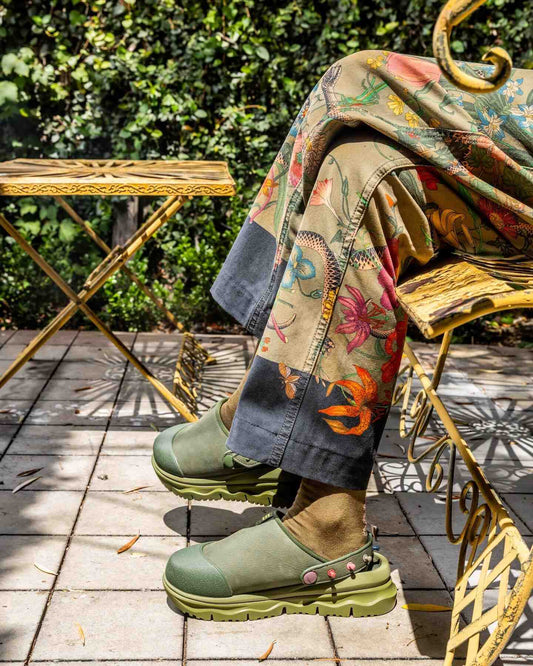How to Recycle Old Shoes
Alex Kinejara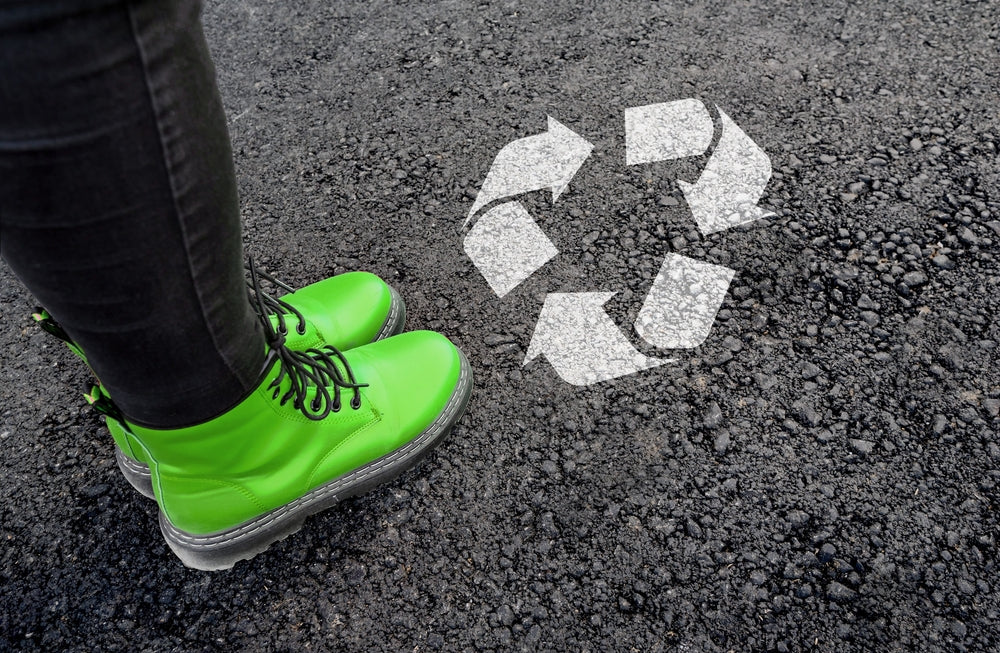
Tossing an old pair of shoes in the trash may not seem like a big deal. But when the average American buys 7.5 pairs of shoes a year,1 you can imagine the amount of footwear dumped in landfills across the United States.
But waste isn’t the only problem. Most shoes these days contain plastics, rubber, and petrochemical materials that can take hundreds of years to decompose. Over time, those toxic chemicals leak into the environment and pollute the air, soil, and waterways, negatively affecting the health of humans and wildlife.
Luckily, businesses, charities, and organizations are waking up to this fact and finding creative ways to boost environmental protection. So if you’re wondering how to recycle shoes, we’ve mapped out a few options for recycling and reusing your old shoes.
Are All Shoes Recyclable?
Can you recycle shoes? The short answer (and the good news) is yes! But it’s not quite as simple as tossing your worn shoes in the recycling bin.
Shoes come in all shapes, sizes, and most notably when it comes to recycling, materials. The variance of materials and textiles in shoes makes them that much more complex to recycle, as some materials are more difficult to recycle than others.
What’s an ecologically conscious shoe donner to do? It’s best to do a little bit of homework before you toss an old pair of shoes in the recycling bin to figure out the best route for your footwear’s second, third, or fourth life.
Nuances to Shoe Recycling
There are three main reasons why recycling shoes is a bit more complex than simply throwing the shoes in your curbside recycling bin. They have to do with the unique recycling services that can vary by city, state, and country, as well as the distinct features of the shoes themselves.
- Recycling program variance – You may not realize it initially, but not all recycling programs work the same way. In fact, many have their own guidelines on what can and cannot be accepted. For example, restrictions for recycling old shoes through a specialty program like Terracycle will be less difficult to navigate than your church’s local donation center.
- Material variance – These programs must be nimble to accommodate the variance in materials of items like shoes. One shoe can contain a multitude of rubbers, plastics, glues, and stitching. Before the shoe is recycled, all its different materials must be separated. It’s not a task for the faint of recycling hearts—or machinery.
- Toxic material handling – In addition, most shoes contain some degree of toxic chemicals that can pollute the environment and contribute to ever-increasing microplastic pollution in our waterways. So instead of being quick to toss your old sneakers in the trash, let’s check out some ways you can help the environment by recycling old shoes.
Next, let’s take a look at 3 different ways you can recycle your old shoes to keep them out of landfills.
#1 Utilize a Shoe Recycling Program
Did you know that a staggering 300 million pairs of shoes are thrown out each year in America, with the vast majority ending up in landfills, where the average pair can take 30 to 40 years to break down—if not longer?2
So, let’s say you have a few pairs of shoes in your collection that are beyond a good cleaning. They may even have a hole or two, or the sole is in too rough of a shape to be donated. Here are a few sustainable options for shoes with one foot in the grave.
TerraCycle’s Zero Waste Box for Shoes and Footwear
Whether it’s high heels, wingtip dress shoes, running shoes, or soccer cleats, these hard-to-be-recycled types of shoes can be repurposed and recycled thanks to the visionaries at TerraCycle.
You can browse TerraCycle’s various-sized Zero-Waste Boxes and choose the best one for your needs. Then, simply fill the box with your shoes and send it back using the prepaid shipping label. It’s important to note that these boxes do not accept ski boots, in-line skates, or shoelaces.
Price
The price for Zero-Waste Boxes for shoes and footwear begins at $129. The box purchase is designed to cover current shipping and recycling costs. It’s not the cheapest option, but innovation and convenience often come with a price. Plus, you can rest assured that every part of your shoes will be repurposed and won’t end up outliving you somewhere in a landfill along with food waste, plastic bags, and who knows what else.
GotSneakers? A Sneaker Recycling Organization
Instead of paying to recycle your old athletic shoes, this is the chance for you to earn a few bucks instead. Yes, you read that correctly. GotSneakers will pay you for your old running shoes. But in order to cash in, it’s vital to follow their compensation and footwear guidelines.
Unlike TerraCycle, GotSneakers will only accept athletic shoes. Sorry, sandals, slip-ons, and all other non-qualifiers, but whether you’re an individual seller, hosting a sneaker drive fundraiser, or looking to create an extra stream of revenue in your retail shop, GotSneakers can help you help the environment by recycling and reusing old athletic shoes.
Compensation
The compensation for athletic shoes is based on quality, brand, and style. These shoes will recirculate in secondhand markets. Shoes beyond reuse will not be compensated, but they’ll still be recycled into sustainable materials for shoes, furniture, flooring, acoustic solutions, or more.
To get started, you can create an account on their webpage and find additional information on how to get involved and reduce your carbon footprint, literally.
#2 Upcycle Old Shoes
Maybe you don’t have the extra cash for a Zero-Waste Box or prefer not to part with your child’s first pair of running shoes. Or maybe you’re simply a creative person who enjoys reimagining objects into something completely new.
In either case, the upcycling possibilities are only as limited as your creativity.
It's not uncommon that we bond with particular shoes, whether a pair of pink pumps from prom or hiking boots that led you across the Rockies. So what better way to give them a new life and keep the memories near?
The opportunities are boundless for what you can turn your old shoes into, including:3
- Succulent pump planters
- Steel-toe boot birdhouses
- Baby shoe pin cushions
- Ballet-shoe jewelry racks
- High heel coat rack
#3 Donate Old Shoes
If your shoes are still in usable condition, donate them to someone who needs them.
It’s easy to forget that aside from making a fashion statement, shoes are also vital to people’s health and opportunity to succeed. Approximately a billion people worldwide are without shoes, despite the fact that the global footwear industry manufactures 24.3 billion pairs of shoes annually.4
There are plenty of places where you can take your usable shoes, from nonprofit organizations to the consignment shop right down the street.
Organizations or Charities
Before you toss those old kicks in the dumpster, consider donating them to an organization or charity devoted to helping people without shoes. There are plenty of organizations out there, but to save you time, we’ve listed a few here:
Thrift and Consignment Shops
There is always the classic route of the old-school thrift stores, like Salvation Army and Goodwill, or even the fast-spreading Habitat for Humanity ReStores. But before you drop off a garbage bag full of old shoes, ensure your local thrift shop accepts these types of donations. If not, there’s a good chance they’ll end up in a landfill, and your good intentions will be for naught.
If your old footwear sports a high-end brand emblem, like the iconic red bottoms of Louboutin or the notable capital G from Gucci, take them to a consignment shop. If the shop accepts your shoes, you could make a few bucks while you gift a treasured product to an eager wearer.
Snibbs: Shoes with Sustainability in Mind
At Snibbs, we started from the ground up, rethinking the shoe from every crucial angle: purpose, comfort, mobility, and aesthetics. What we came up with are some of the most versatile workshoes on the market.
But we also knew how difficult it was to recycle shoes and the harmful environmental impact of shoes. With sustainability at our forefront, we created a shoe made from virtually 100% recycled material. The best part, our shoes are biodegradable. So while most shoes on the market take anywhere from 20 to 1,000 years to decompose, ours will biodegrade in as little as 3 to 5 years.
If you love the planet as much as we do, shop our biodegradable slip-resistant work shoes, sustainable sneakers, and the rest of our environment-loving footwear collection.
Sources:
- The Healthy Journal. How Many Pairs of Shoes Does the average American Own? https://www.thehealthyjournal.com/faq/how-many-pairs-of-shoes-does-the-average-american-own
- Wichita State University. Engineering students’ projects keep shoes out of landfills. https://www.wichita.edu/about/wsunews/news/2021/03-march/EET_Shoe_Recycling_5.php
- DIYs. 15 Creative Ways to Reuse Old Shoes. https://www.diys.com/ways-to-reuse-old-shoes/
- Tricontinental. The Thirty-Sixth Issue: Poverty.https://thetricontinental.org/newsletterissue/36-poverty/
- The Shoe Project. The Shoe Project | Footwear for All. http://theshoeproject.org/

